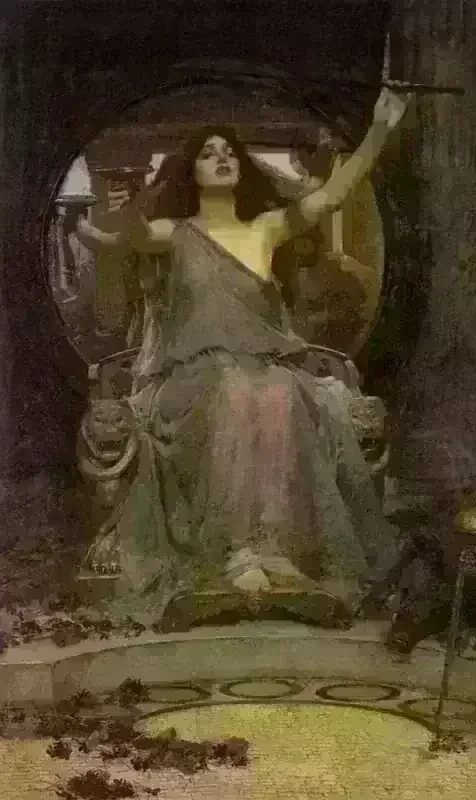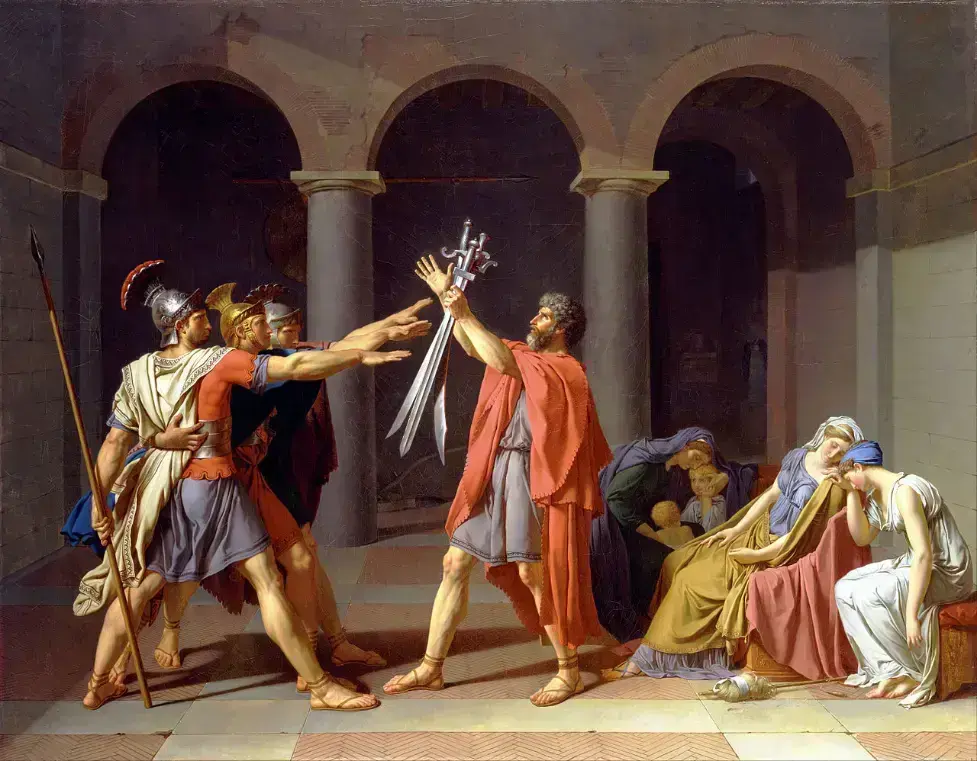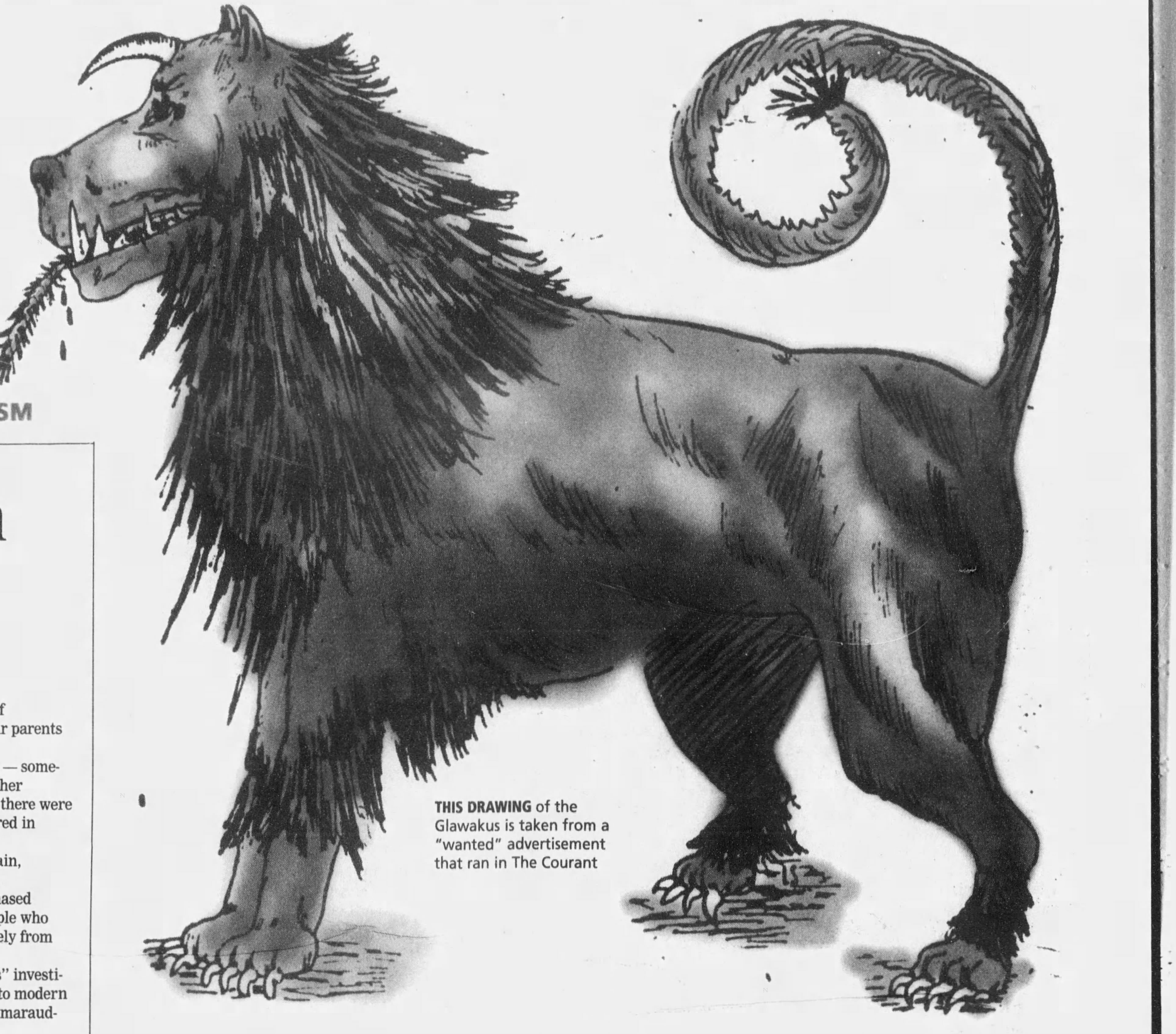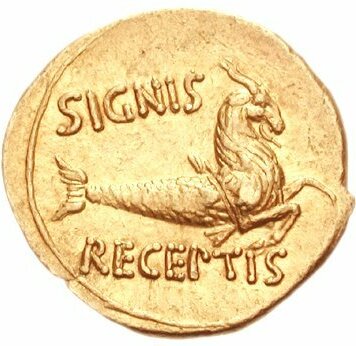Circe

Circe was a powerful enchantress and minor goddess in Greek mythology, daughter of the sun god Helios and the Oceanid nymph Perse. She was famous for her mastery of potions and herbs, which she used along with her magical staff to transform her enemies and those who slighted her into animals.
Her most famous appearance is in Homer's Odyssey, where she transforms Odysseus's crew into pigs when they land on her island, Aeaea. After Odysseus convinces her to restore his men, he stays with her for a year and fathers several children, including Latinus and Telegonus. Her transformative powers are also illustrated in the tale of King Picus, whom she turned into a woodpecker for rejecting her advances, and in her revenge against the nymph Scylla, whom she transformed into a monster out of jealousy over the sea-god Glaucus.
Over time, interpretations of Circe evolved beyond Homer's narrative. In Classical times, her story was seen as a moral warning against drunkenness, while philosophers debated whether transformation from rational human to unreasoning beast might actually be desirable - a question that would resurface during the Renaissance. Circe became an archetypal figure representing both the dangerous female enchantress and sexual liberation. Renaissance artists established a distinct visual tradition for Circe, often incorporating Ovid's stories that emphasized her jealousy and vengeful nature, making her simultaneously alluring and terrifying.


